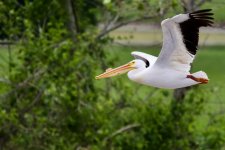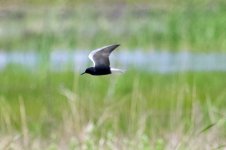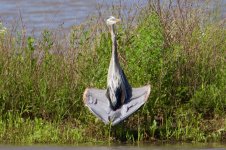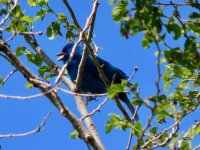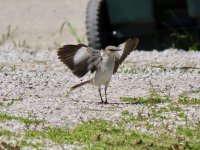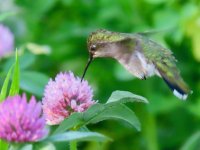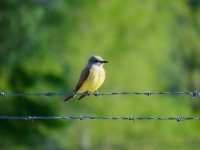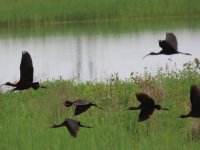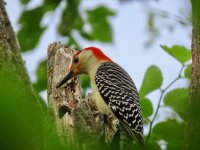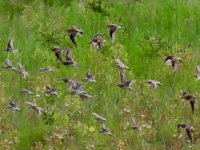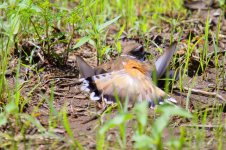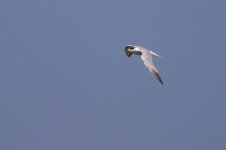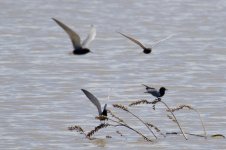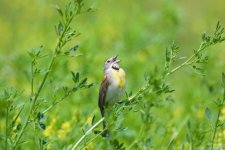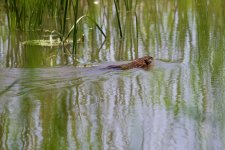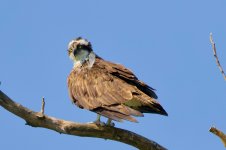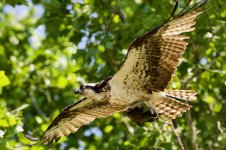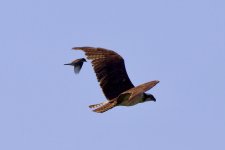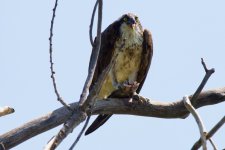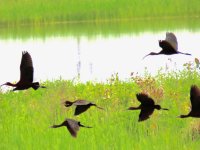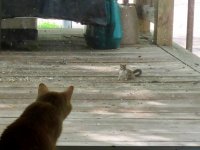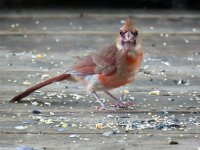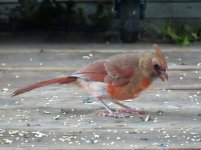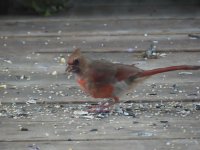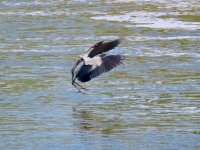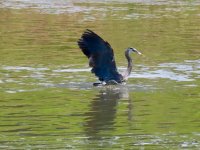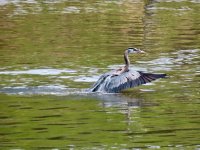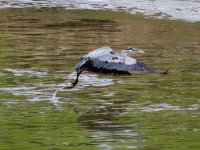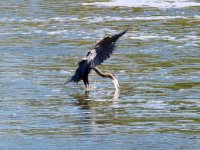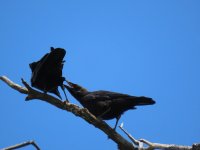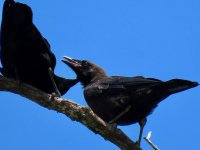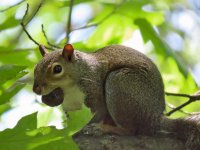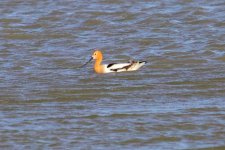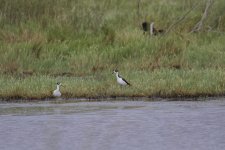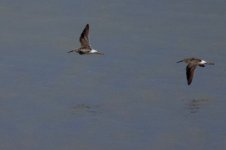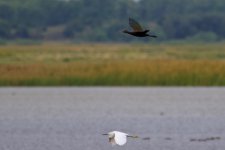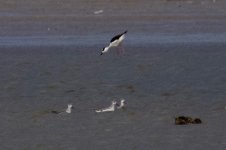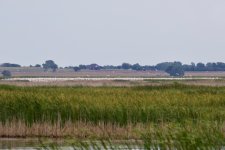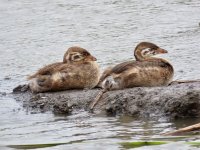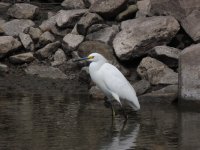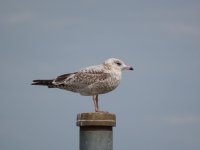Owen Krout
Well-known member

May 29, 2019
I haven't been keeping up here with my birding as it didn't seem to be drawing a lot of interest and it was coming down to not wanting to cut into my time for actual birding and photography. However I thought I would post a general overview.
In the last six weeks I have managed to add over 50 new species to my lifelist and gather new or better images of species that had eluded the camera up until now. I have been posting a few of the better images to the Gallery and am including some with this.
I've spent a great deal of time at the Baker Wetlands in south Lawrence, Kansas and in the wetland areas at the north end of Hillsdale Lake, Kansas due to unusually high water levels attracting a lot of migrants as they pass through. For the Warblers and such I have mostly birded the Wyandotte County Lake in Kansas City, KS and Mill Creek Park which is sandwiched between Mill Creek and the Kaw (Kansas River) as it has the magic mix of water and woods. Frustratingly a particular spot on private property with very restricted access on the Kaw just across from Mill Creek Park has produced several unusual species such as Black-Bellied Whistling Duck, complete with photos! Unfortunately, they all seem to be content staying just out of sight of those of us without access.
I haven't heard any specifics yet, but we had a large tornado come close enough last night that I could hear it from the door at the top of the basement steps, which had earlier brushed by the south side of Lawrence, Kansas, which probably means that the Baker Wetlands took a direct hit. It was estimated at that time to be approximately one mile wide. Needless to say the area is limited access this morning. The environment itself should have done just fine, but it could have been really hard on any wildlife. The important thing though is it appears that after being on the ground for two hours and destroying a lot of houses, there were no serious injuries or deaths.
I did go out to several of the "nearby" large reservoirs on Memorial Day and got some interesting shots of American White Pelican; Double-Crested Cormorant; & White-Faced Ibis that were all taking advantage of the flooded areas due to overfull reservoirs beginning to release water.
I haven't been keeping up here with my birding as it didn't seem to be drawing a lot of interest and it was coming down to not wanting to cut into my time for actual birding and photography. However I thought I would post a general overview.
In the last six weeks I have managed to add over 50 new species to my lifelist and gather new or better images of species that had eluded the camera up until now. I have been posting a few of the better images to the Gallery and am including some with this.
I've spent a great deal of time at the Baker Wetlands in south Lawrence, Kansas and in the wetland areas at the north end of Hillsdale Lake, Kansas due to unusually high water levels attracting a lot of migrants as they pass through. For the Warblers and such I have mostly birded the Wyandotte County Lake in Kansas City, KS and Mill Creek Park which is sandwiched between Mill Creek and the Kaw (Kansas River) as it has the magic mix of water and woods. Frustratingly a particular spot on private property with very restricted access on the Kaw just across from Mill Creek Park has produced several unusual species such as Black-Bellied Whistling Duck, complete with photos! Unfortunately, they all seem to be content staying just out of sight of those of us without access.
I haven't heard any specifics yet, but we had a large tornado come close enough last night that I could hear it from the door at the top of the basement steps, which had earlier brushed by the south side of Lawrence, Kansas, which probably means that the Baker Wetlands took a direct hit. It was estimated at that time to be approximately one mile wide. Needless to say the area is limited access this morning. The environment itself should have done just fine, but it could have been really hard on any wildlife. The important thing though is it appears that after being on the ground for two hours and destroying a lot of houses, there were no serious injuries or deaths.
I did go out to several of the "nearby" large reservoirs on Memorial Day and got some interesting shots of American White Pelican; Double-Crested Cormorant; & White-Faced Ibis that were all taking advantage of the flooded areas due to overfull reservoirs beginning to release water.




